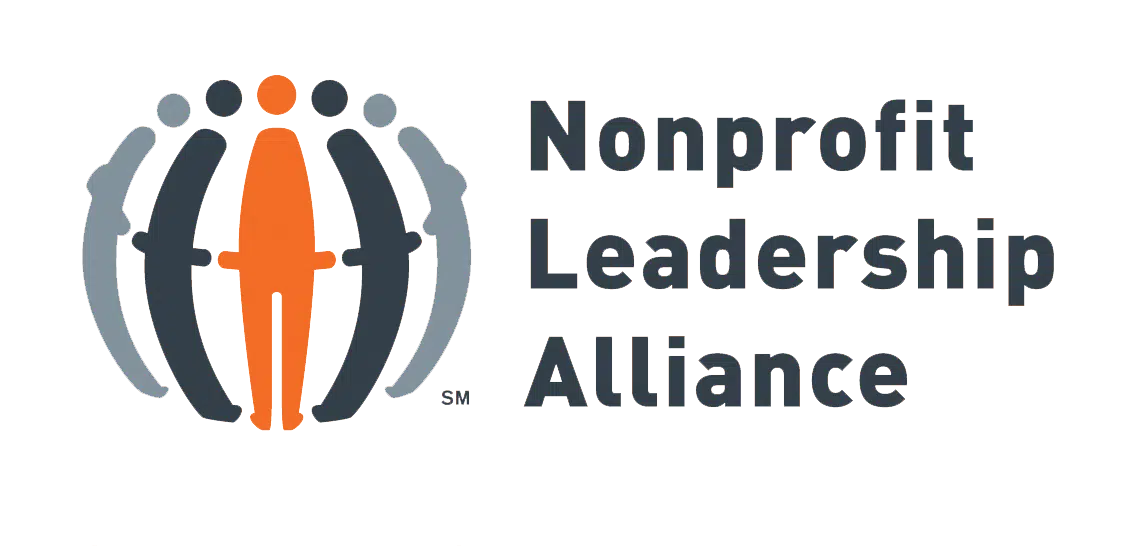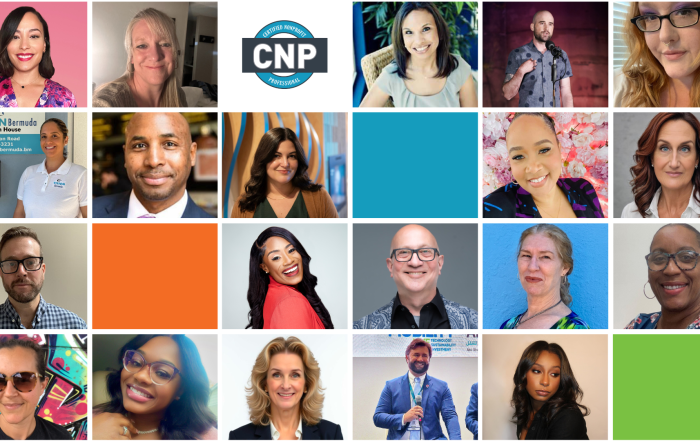With a thoughtful donor prospecting strategy and well-crafted appeals, you’re already well on your way to generating the support your nonprofit needs for its beneficiaries. However, not all your supporters will be open to your fundraising asks. And that’s alright—there are many reasons why an individual might not want to donate money to your nonprofit.
But what if we told you that there are other types of donations your nonprofit can accept to generate increased support?
In-kind donations are an often-overlooked form of donation that can be greatly impactful on your organization. In this guide, we’ll cover what in-kind donations are and the top ways they can support your nonprofit’s cause. Let’s get started!
What are in-kind donations?
An in-kind donation is any non-monetary gift an individual makes to your nonprofit. Common types of in-kind gifts include:
- Goods. Usually when people think of in-kind gifts, goods and items are what first come to mind. Most nonprofits will ask for this type of gift for their beneficiaries, such as dog food for an animal shelter. In-kind donations of goods are also great for environmentally-focused organizations, as they allow supporters to stay sustainable through recycling.
- Volunteer hours. Although volunteering is not usually thought of as a donation, it’s a method of contributing someone’s time, talents, and efforts to a cause. When considering that the estimated value of a volunteer hour is about $32, it’s easier to see that volunteer time is an in-kind donation in its own right.
- Services. Some individuals or companies are willing to donate their services to aid your nonprofit’s cause. Examples of services that would be beneficial for your nonprofit include graphic design, legal consulting, and accounting.
- Equipment. Video equipment, audio equipment, and computers are just a few examples of tools that would be helpful for nonprofits for events and day-to-day tasks. While it may be difficult to request brand-new equipment as donations, reframe your appeal to ask for older but still functional tools.
- Software. When it comes to boosting your nonprofit’s performance, software can make a great difference. Certain companies may be willing to donate the use of their software to your nonprofit through corporate philanthropy initiatives.
Much like with monetary gifts, you’ll need to market your need for in-kind donations to garner support. Be sure to include a section about in-kind gifts on your nonprofit website’s donation page. Outline the specific in-kind donations you’re looking for and any rules you have for accepting them. For example, you might state that you’re looking for office equipment that’s gently used and still functional.
Now that you understand what in-kind donations can encompass, let’s dive into a few ways they can support your cause.
1. Aiding your beneficiaries.
The first, and perhaps most obvious, way that in-kind donations support a nonprofit’s cause is by directly aiding its beneficiaries. If your nonprofit is human-centered, you likely already accept in-kind donations such as these:
- Food
- Bottled water
- Clothing
- Medical supplies
- Hygiene items
Your organization isn’t limited to just these in-kind gifts—it entirely depends on who your beneficiaries are. For example, if you’re aiding people experiencing economic hardship who need a place to stay, you may also accept bedding and shelter materials, such as blankets, sleeping bags, tents, and tarps. On the other hand, if your mission is to ensure every child receives a great K-12 education, you might collect study supplies such as notebooks, pens, pencils, and textbooks to give to students in need.
Additionally, using in-kind donations to directly aid your beneficiaries isn’t limited to nonprofits that help humans. If your cause is animal-related, you could accept pet food, toys, collars, leashes, and bedding.
If you intend to meet your beneficiaries’ needs with specific items, consider hosting a drive-style fundraiser. For example, as winter approaches, you could host a clothing drive fundraiser for those experiencing economic hardship. Accept gently used winter clothing donations that you can distribute to your beneficiaries.
2. Host events on a budget.
Aside from directly aiding your nonprofit’s beneficiaries, in-kind donations can indirectly help by allowing you to host fundraising events with a smaller budget. In-kind gifts that are especially valuable for an event include the following:
- Venue. Venue rental is one of the largest overhead costs for any nonprofit event. Instead of using your funds, connect with your major donors. Ask them if they manage or own any suitable facilities and if they would consider allowing you to use them for your event for free. As your major donors have demonstrated a vested interest in your nonprofit’s success, they may be open to a request like this.
- Setup. Especially for nonprofits, event setup is a lengthy process. To shorten setup time, ask supporters if they’d be willing to volunteer at your event. You can also engage volunteers in other event-related tasks, such as helping on-site registrants and teardown at the event’s end.
- Decorations. Instead of purchasing all decorations yourself, ask supporters if they’d be willing to donate any that they have lying around. Customize your request to your event’s theme. For example, if you’re hosting a winter wonderland-themed gala, request donations of snow-themed decorations, including wreaths, garlands, and table centerpieces.
- Catering and entertainment. For these services, research local restaurants and entertainment companies and create a list of those who have a vested interest in corporate philanthropy. Reach out to potential candidates from this list to increase your chances of receiving their support and services.
- Audiovisual equipment. If your event has a keynote speaker or if you’re planning to livestream the festivities, audiovisual equipment is a necessity. If you don’t have the budget to invest in new equipment, reach out to your supporters and ask them if they have any old but functional equipment such as cameras, microphones, and speakers that they would be willing to donate.
When it comes to supporting your events with in-kind gifts, don’t be afraid to get creative with your requests! This is especially true of smaller asks—while some of your supporters might hesitate to donate their hard-earned money, they may be open to gifting items they would have ended up decluttering anyway.
3. Supplementing your fundraising.
Although in-kind donations are different from monetary donations, you can convert in-kind donations into financial gifts through certain fundraising events. Let’s take a look at three examples:
- Recycling drive. During a recycling drive, you’ll ask your supporters to collect and donate recyclable items to your nonprofit, such as tin cans, glass bottles, and newspapers. You’ll take these items and give them to a recycling center, which will pay you per pound of material. Some companies such as Phill the Box (which accepts clothing and shoes) will even handle the pickup for you to make the process more convenient.
- Second-hand clothing sale. This fundraising event operates in two stages. In the first stage, you’ll collect donations of gently used, good-condition clothing from your supporters. You’ll sort through these in-kind donations and decide which items you’ll feature during the sale. In the second stage, you’ll host the actual clothing sale, where you invite supporters to look through the items and purchase ones that they’re interested in.
- Auctions. According to Handbid, a bundle of low-value items is a top auction item. Collect in-kind gifts and bundle them together to create themed gift baskets to pique the interest of bidders. For example, a Valentine’s Day-themed gift basket could include gifts of wine, chocolate, and a gift card for fresh flowers.
If you find that your supporters prefer to make in-kind donations, but you need the flexibility of funds, there are ways to convert these gifts into funds. That way, even if supporters are making a type of donation that does not align with your nonprofit’s needs, you’re still able to generate the support necessary to power your purpose.
As you can see, in-kind gifts are useful donations that can be used in a variety of ways to further your nonprofit’s mission. If you’re ready to begin requesting these gifts, be sure to outline clear guidelines on your nonprofit’s donation page and create a streamlined donation process for your supporters. Additionally, segment your communications to target local supporters and donors. By doing so, you’ll increase the likelihood of receiving in-kind donations and garnering support.
Did you enjoy this story?
Get nonprofit tips and tools delivered right to your inbox by joining The Nonprofit Leadership Alliance Newsletter. Our bimonthly newsletter will make sure you know what’s happening with our network of social sector leaders.
Types of Tools to Strengthen Your Grants Compliance Approach
When grant funding is an important revenue source, grant compliance becomes critical to nonprofit success. Without it, grant funding could be jeopardized, putting vital programs and initiatives at risk. This makes optimizing your grants compliance
Introducing April 2025’s Certified Nonprofit Professional (CNP) Cohort
The Nonprofit Leadership Alliance is proud to introduce April 2025’s Certified Nonprofit Professional (CNP) Professional Track cohort! This group of nonprofit professionals have begun their six-month journey, participating in one of only four cohorts offered
How Darcy Swan, CNP, Leads Youth Development at the YMCA of Greater Kansas City
Amid a whirlwind of shifting priorities and tight deadlines looming in 2025, Darcy Swan, CNP, does what she always does. She pauses to make space for people. Her team had been stretched thin. Last-minute changes



